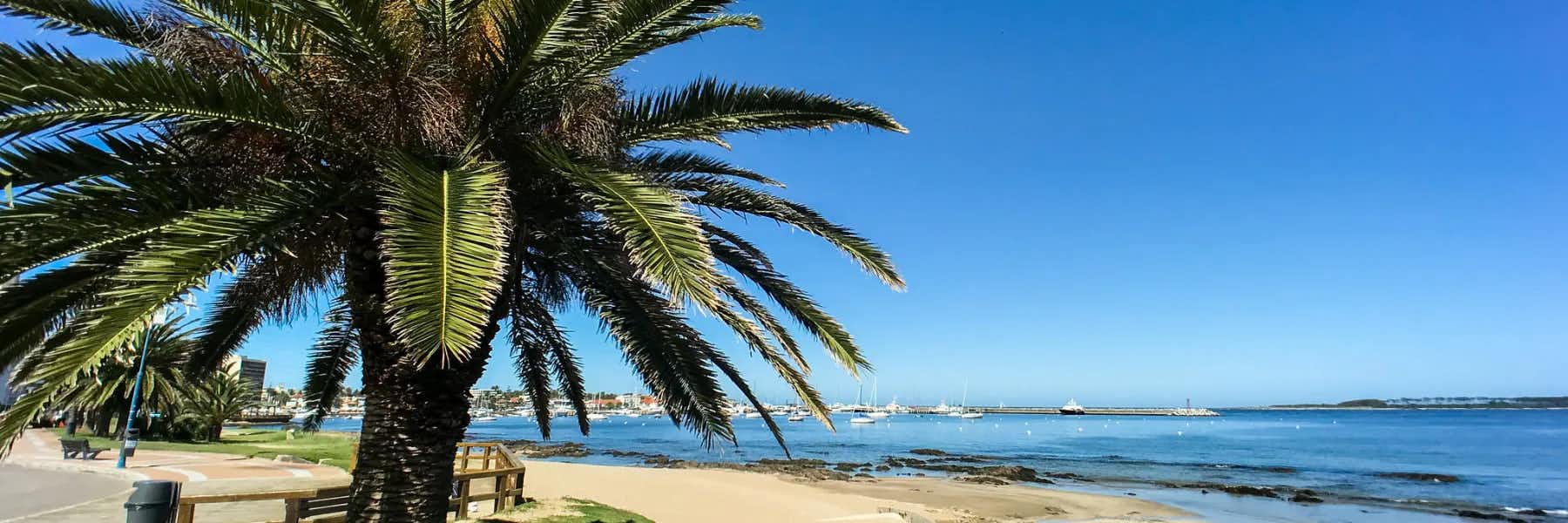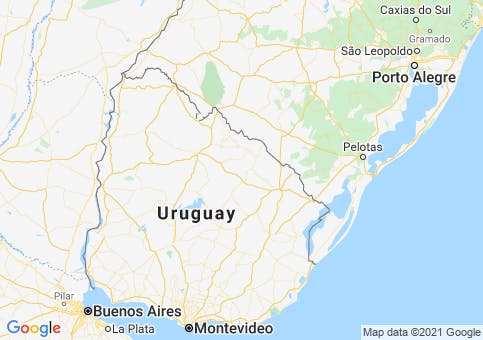History:
Montevideo, founded by the Spanish in 1726 as a military stronghold, soon took advantage of its natural harbor to become an important commercial center. Claimed by Argentina but annexed by Brazil in 1821, Uruguay declared its independence four years later and secured its freedom in 1828 after a three-year struggle. The administrations of President Jose Batllein the early 20th century established widespread political, social, and economic reforms that established a statist tradition.
A violent Marxist urban guerrilla movement named the Tupamaros, launched in the late 1960s, led Uruguay’s president to cede control of the government to the military in 1973. By yearend, the rebels had been crushed, but the military continued to expand its hold over the government. Civilian rule was not restored until 1985.
In 2004, the left-of-center FrenteAmplio Coalition won national elections that effectively ended 170 years of political control previously held by the Colorado and Blanco parties. Uruguay’s political and labor conditions are among the freest on the continent.
Location: Southern South America, bordering the South Atlantic Ocean, between Argentina and Brazil
Area: 68,036 square miles (176,215 square kilometers). Slightly smaller than the state of Washington.
Population: 3,341,893 (July 2015 est.)
Capital: Montevideo
Geography: Mostly rolling plains and low hills; fertile coastal lowland.
Climate: Warm temperate; freezing temperatures almost unknown.
See the current weather in Montevideo, Uruguay.
Government: Constitutional republic
Head of State & Government: President Tabare VAZQUEZ (since 1 March 2015).
Language: Spanish (official), Portunol, Brazilero (Portuguese-Spanish mix on the Brazilian frontier).
Religion: Roman Catholic 47.1%, non-Catholic Christians 11.1%, nondenominational 23.2%, Jewish 0.3%, atheist or agnostic 17.2%, other 1.1% (2006)
Time Zone: UTC-3 (2 hours ahead of Washington, DC during Standard Time)
Electricity: Uruguay’s electricity supply is 220-volt. So you’ll need a transformer for any appliances you bring from the U.S. which will be 110-volt. Just plug the transformer into the wall, and then plug your appliance into the transformer.
Tipping: Generally restaurant bills in Uruguay don’t have a tip included, so plan on leaving about 10% to 12% of the bill as a propino. Taxi drivers are not tipped, but service station attendants are.
Smoking: Since 2006, smoking has been banned in public places, so you cannot smoke in restaurants, bars, or workplaces. Smoking, however, remains pretty popular, and many restaurants maintain their outdoor café all year long to accommodate smokers.
Source: CIA The World Factbook














